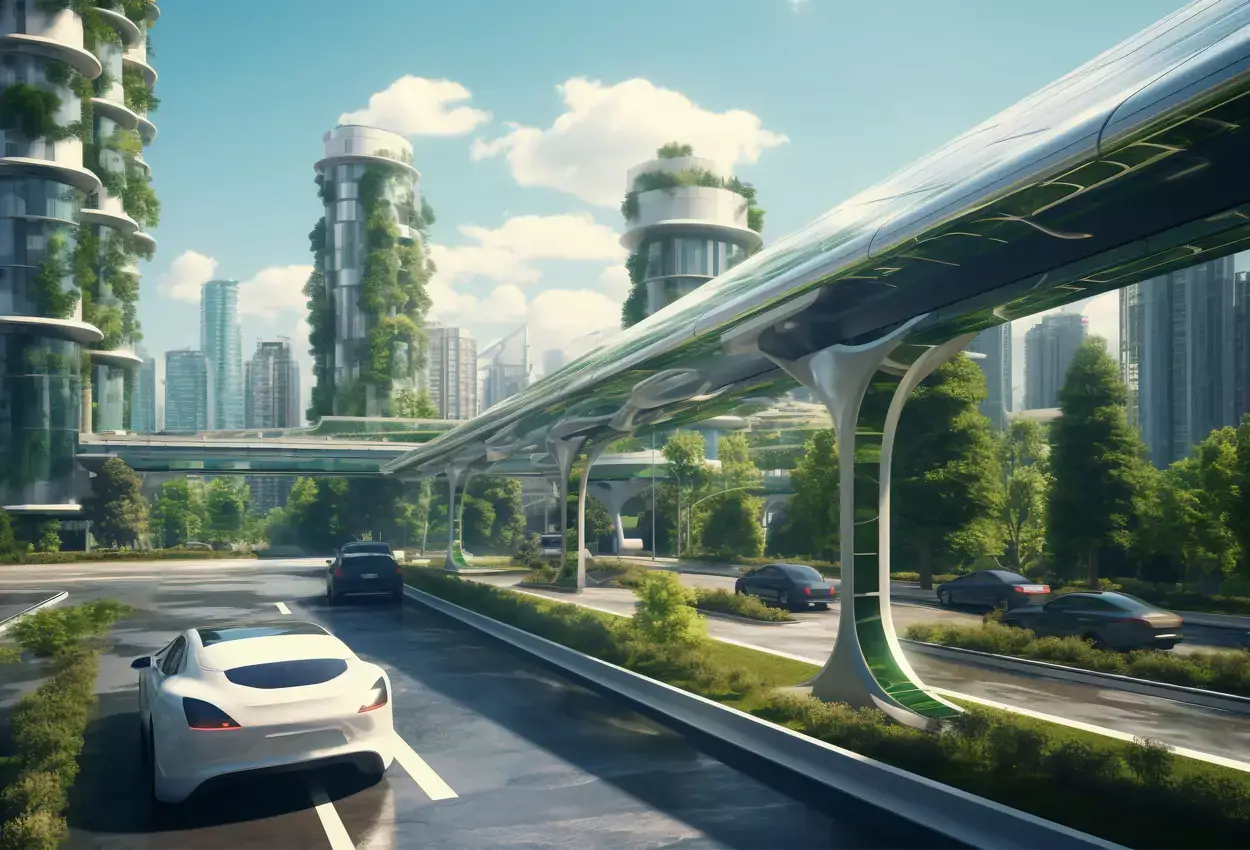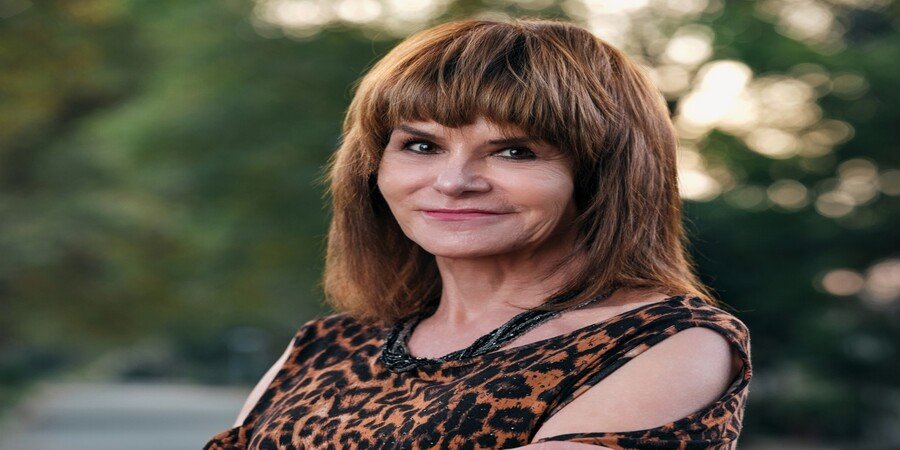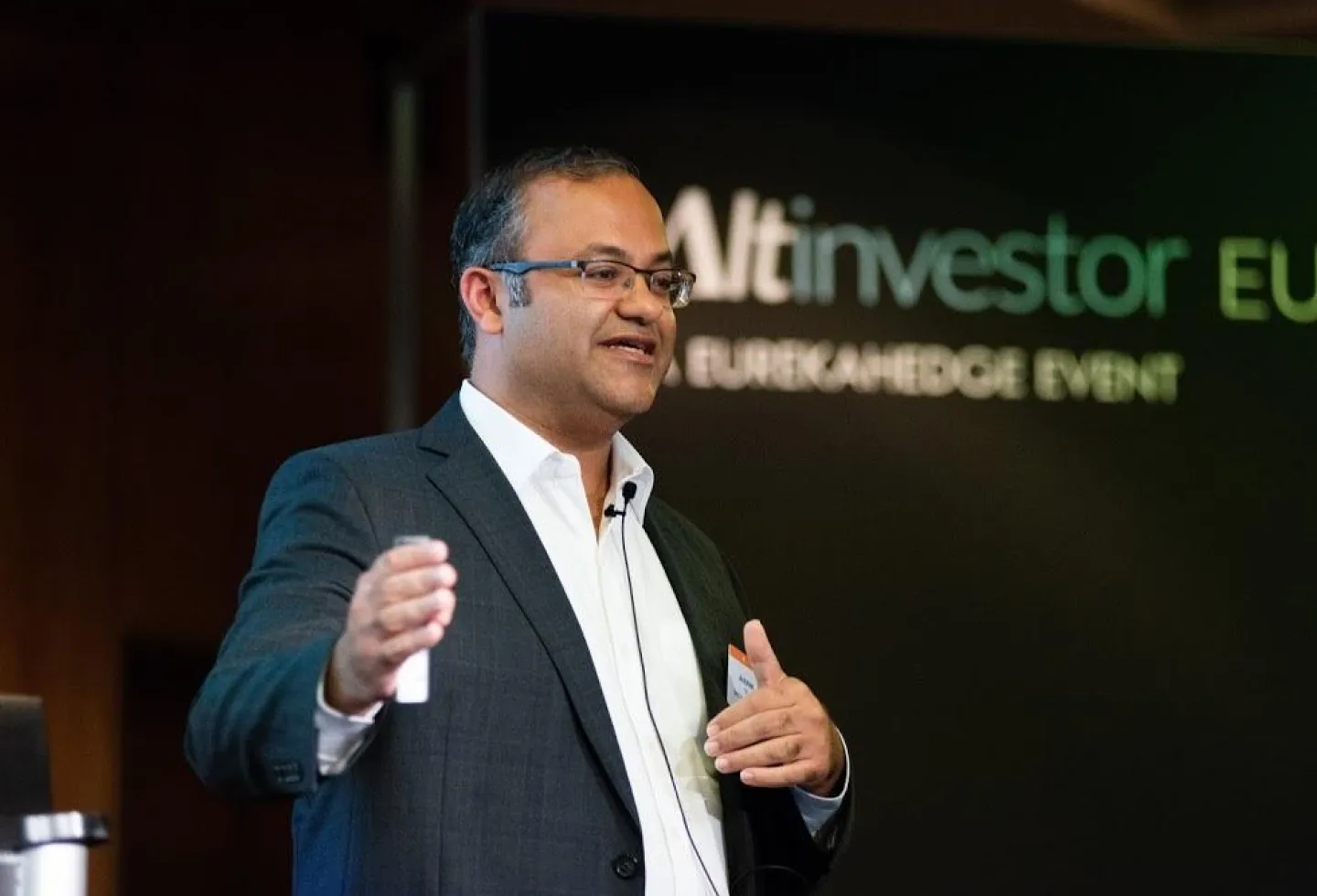In the heart of the Arabian Peninsula, a futuristic vision is rapidly materializing. Saudi Arabia, long known for its vast oil reserves and deep-rooted traditions, is embarking on one of the most ambitious urban development projects the world has ever seen. At the forefront of this transformation are NEOM and The Line, two groundbreaking initiatives that are redefining what it means to build and live in a city. These projects are more than just urban experiments. They represent a bold reimagining of human living, driven by sustainability, innovation, and technology.
The Vision Behind NEOM
NEOM is a $500 billion megacity project that forms the centerpiece of Saudi Arabia’s Vision 2030, the Kingdom’s roadmap to diversify its economy and reduce dependence on oil. The name NEOM is a blend of the Greek word “neo,” meaning new, and the Arabic word “mustaqbal,” meaning future. It is intended to span 26,500 square kilometers in the northwestern Tabuk Province, near the borders of Jordan and Egypt.
NEOM aims to become a global hub for innovation, artificial intelligence, biotechnology, renewable energy, and advanced manufacturing. What sets NEOM apart from other urban projects is its focus on being a living lab. Everything from transportation systems to energy production is being designed from scratch, leveraging the latest technologies to ensure efficiency, sustainability, and resilience.
The city is not just being built for economic diversification but also as a response to global challenges. From climate change and resource depletion to urban overcrowding and outdated infrastructure, NEOM presents itself as a prototype of how future cities can overcome these issues through design and technology.
The Line: A Revolutionary Urban Model
Perhaps the most fascinating aspect of NEOM is The Line, a 170-kilometer linear city that challenges conventional urban planning models. The Line is being constructed as a series of connected communities without cars, streets, or carbon emissions. Instead of expanding outward, it will rise vertically and operate on three layers. The top layer will be a pedestrian-friendly environment surrounded by nature. Beneath it, the second layer will contain infrastructure for services such as water, electricity, and logistics. The lowest level will house ultra-high-speed transit systems designed to move people end to end in under twenty minutes.
The concept behind The Line is simple but transformative. Traditional cities are built around the car. Roads take up large areas, and long commutes result in pollution and wasted time. The Line seeks to eliminate these inefficiencies by ensuring that everything a resident needs—schools, parks, clinics, and workplaces—is within a five-minute walk.
More importantly, The Line places nature at the core of its design. It aims to preserve 95 percent of the surrounding natural landscape, using cutting-edge engineering and vertical construction to minimize the urban footprint. This alignment with sustainability goals is a clear reflection of Saudi Arabia’s commitment to a greener, more livable future.
Technology as the City’s Backbone
Both NEOM and The Line are being built around a digital-first philosophy. Artificial intelligence, the Internet of Things, machine learning, and blockchain technologies are being embedded into the very foundations of the city. Buildings will be smart and responsive, using sensors to adjust lighting, temperature, and security based on real-time data.
Transportation will be fully electric and autonomous. From air taxis to zero-emission buses, mobility within NEOM will be seamless and environmentally friendly. Moreover, city services will be driven by predictive data analytics. Everything from energy usage to healthcare will be optimized for efficiency and personalization.
In NEOM, governance will also be digital. Citizens and residents will interact with government services through smart platforms that ensure transparency, speed, and accountability. The city aims to be an integrated ecosystem where technology anticipates needs and adapts constantly to improve the quality of life.
A Global Talent Magnet
Saudi Arabia is not just building NEOM for Saudis. It is intended to be an international destination for the best minds in science, business, architecture, and technology. By offering world-class infrastructure, incentives for innovation, and a culture of experimentation, NEOM hopes to attract global talent who will help shape the future of urban living.
Already, partnerships have been signed with international firms and academic institutions to develop research centers, incubators, and testbeds within the city. These collaborations are critical to NEOM’s goal of becoming a knowledge economy driven by discovery and disruption.
Challenges and the Road Ahead
Despite its bold vision, NEOM and The Line face significant challenges. Building a city from scratch in a harsh desert environment requires enormous engineering ingenuity and logistical coordination. There are also social and environmental considerations, especially in integrating local communities and preserving biodiversity.
Moreover, the projects must live up to their lofty promises. The global spotlight is watching closely. If NEOM succeeds, it could inspire similar developments worldwide. If it falters, it risks becoming a costly symbol of ambition without substance.
Conclusion
NEOM and The Line are not just urban projects. They are manifestations of a new worldview—one where cities serve people and the planet, not the other way around. Through smart design, renewable energy, and cutting-edge technology, Saudi Arabia is positioning itself as a pioneer in tech-driven urbanism.



